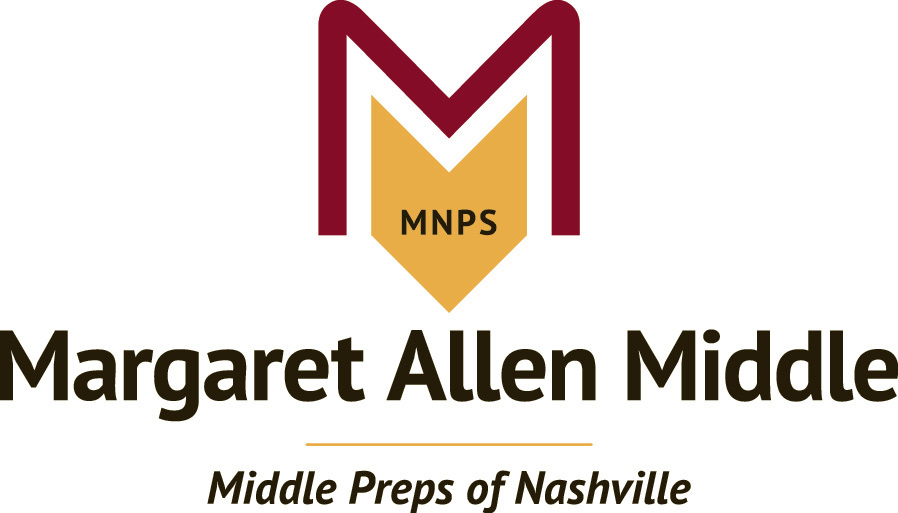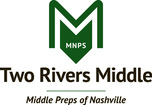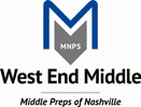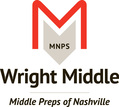|
In the last blog post, I shared about the beginning of the MNPS collaborative inquiry journey, which included identifying barriers to implementing collaborative inquiry. The IC Map (Innovation Configuration) Map for Collaborative Inquiry helped address the barrier of the lack of a common language. Another barrier identified by the stakeholder group was lack of leadership modeling, or as we call it "walking the walk." The identification of this barrier led to the development of an evaluation plan for collaborative inquiry. When implementing a new idea or strategy, creating an evaluation plan before implementation helps with monitoring progress. Through our partnership with REL Appalachia, MNPS received technical assistance for developing an evaluation plan and for building our capacity to use the plan to monitor our progress. With the evaluation plan created, the next step was to pilot it with the MNPS Collaborative Inquiry Community of Practice schools in the spring of 2016. To answer the evaluation questions, multiple sources of data sources were used. REL Appalachia liaison, Dr. Stephanie Wilkerson, helped MNPS develop data collection protocols, including the Teacher Data Use Survey (to be released by IES soon), Collaborative Inquiry interview protocols, and Collaborative Inquiry Focus Group protocols. Fortunately, the support did not stop there as Dr. Wilkerson and her staff worked with an MNPS team to build our capacity to collect the data necessary for answering the evaluation questions in the future when their assistance is no longer available. Finally, the data collected this spring was triangulated and used to develop the Preliminary Evaluation Report for the Collaborative Inquiry Community of Practice and Infographic. 5 Key Findings and Recommendation from the |
| Schools are applying collaborative inquiry practices in differing ways based on their school needs and school leadership. |
|
Key Finding and Recommendation #2
| The use of collaborative inquiry in schools is making a positive difference in how teachers approach using data to make evidence-based decisions. |
|
Key Finding and Recommendation #3
| MNPS teachers feel supported in implementing collaborative inquiry, but need more professional learning. |
|
Key Finding and Recommendation #4
| All schools see value in integrating collaborative inquiry with current initiatives to address key problems of practice. |
|
Key Finding and Recommendation #5
| To create a culture of collaborative inquiry in using data, a common language and integrated approach to implementation are needed at both the school and district levels. |
|
If you have any questions/feedback, please feel free to contact Margie Johnson at [email protected].
Leave a Reply.
Email Subscription
Click HERE to subscribe to receive emails for the blog posts.
Archives
February 2018
January 2018
December 2017
November 2017
October 2017
September 2017
August 2017
July 2017
June 2017
May 2017
April 2017
March 2017
February 2017
January 2017
December 2016
November 2016
October 2016
September 2016
August 2016
July 2016
June 2016
May 2016
April 2016
March 2016
February 2016
Categories
All
Agenda Template
Behavior Plan
Central Office
Collaboration
Collaborative Professionalism
Collective Efficacy
Community Of Practice
Community Partners
Component A
Component B
Component C
Conference Presentations
Culture
Data Guide
Equity And Diversity
Evaluation Plan
Exceptional Education
Family Engagement
IC Map
Laura Lipton
Leadership
Leading Collaborative Teams
Literacy
Maximizing Time
Mission
MNPS Data Warehouse
NAZA
PreK
Psychological Safety
REL Appalachia
Relational Load
Research
School Spotlight
SEL
SIP
Social Capital
TDUS
Trust
Vision
Welcome
Workshop Materials
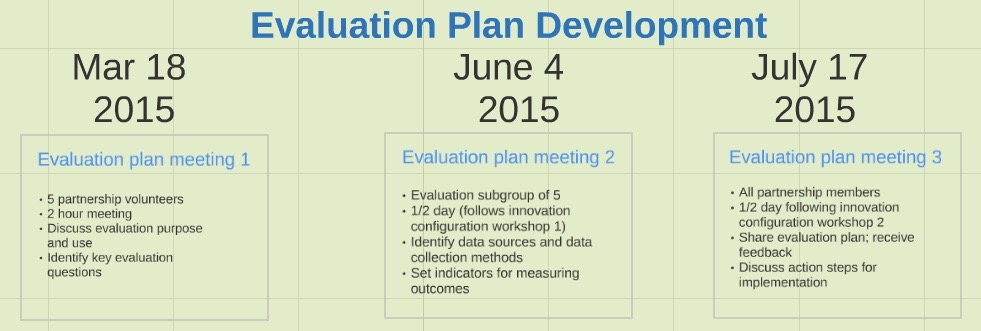
 RSS Feed
RSS Feed

